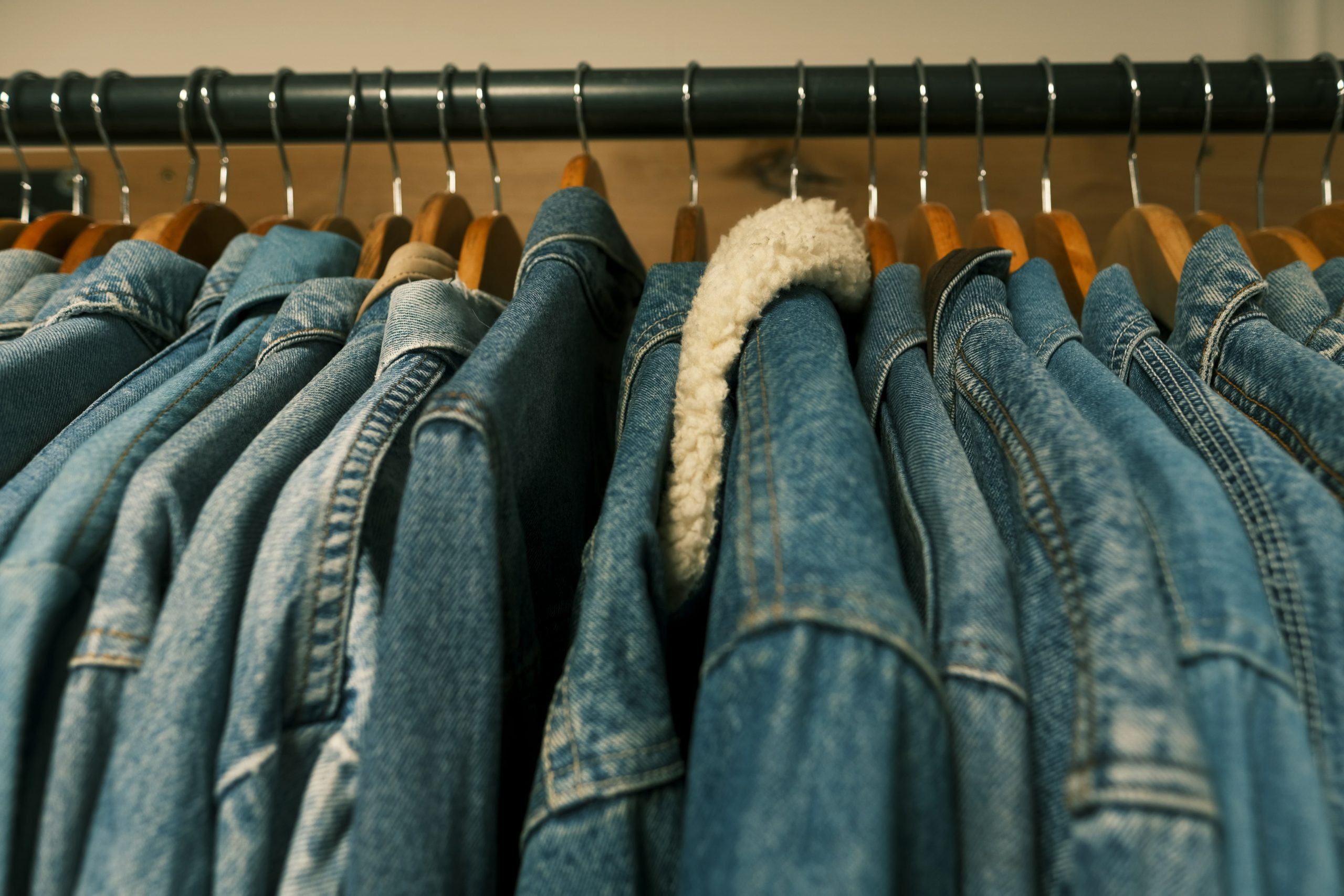Beyond the tag: understanding the true cost of your clothes
With the rise of fast fashion and the constant pressure to stay on trend, it’s easy to overlook the true cost of our clothing. We’re quick to throw away a cheap and trendy piece after only wearing it a few times, without realizing the impact it has on the environment and the people who made it. The truth is, there is much more to our clothes than what we see on the price tag. It’s time to go beyond the tag and truly understand the price of our clothing.
The Environmental Cost
In today’s society, where everything is about convenience and fast-paced lifestyles, the fashion industry has become one of the biggest polluters in the world. From the production and transportation of garments to the disposal of unwanted clothing, the environmental impact is immense and often overlooked.
Water Consumption
Did you know that the fashion industry is the second-largest consumer of water in the world? It takes an average of 2,700 liters of water to produce one cotton t-shirt. This is due to the intense irrigation needed to grow cotton, as well as the dyeing and finishing processes. With many clothing manufacturers located in water-stressed areas, this has serious consequences for both the environment and local communities.
Waste Generation
Every year, over 92 million tons of textile waste are generated by the fashion industry. This includes the scraps and offcuts from production, as well as the clothes that are discarded by consumers. And with the popularity of fast fashion, where new trends are introduced and discarded at an alarming rate, this number is only increasing.
The Social Cost
The fashion industry is also built on exploitation and poor working conditions. The majority of clothing is manufactured in developing countries, where labor laws are not as strict and wages are significantly lower. This means workers are often forced to work long hours in unsafe conditions, for very little pay. Many of the popular fashion brands we know and love have been linked to sweatshops and human rights violations.
Unfair Wages
In countries like Bangladesh and Cambodia, where the majority of clothing is manufactured, garment workers are paid shockingly low wages. This not only perpetuates poverty but also has a ripple effect on local economies. In order to keep up with the demand for cheap clothing, factories cut corners and prioritize profit over the well-being of their employees.
Exploitation of Child Labor
In the pursuit of cheap labor, many clothing brands turn to child labor to cut costs. According to the International Labor Organization, there are over 170 million children working in the fashion industry, with some as young as five years old. These children are often forced to work in hazardous conditions, with no access to education or healthcare.
The Personal Cost
The true cost of our clothing goes beyond the impact on the environment and the exploitation of others. It also affects us personally, both financially and emotionally.
The Financial Impact
While it may seem like we’re getting a good deal by purchasing cheap, fast fashion items, the truth is that we are actually spending more money in the long run. The poor quality of these garments means that they often fall apart after only a few wears, forcing us to constantly replace them. As a result, we end up spending more money on clothing than we would if we invested in high-quality, ethically made pieces.
The Emotional Toll
The constant need to keep up with fast fashion trends and the pressure to always have something new can also take a toll on our mental health. The fear of being seen in the same outfit twice or not having the latest styles can lead to feelings of anxiety and low self-esteem. This isn’t just a personal issue either, as the pursuit of perfection in the fashion industry has a negative impact on body image and self-worth.
Being a Conscious Consumer
Now that we understand the true cost of our clothing, it’s time to make a change. As consumers, we have the power to demand change from the fashion industry and make more informed buying decisions.
Invest in Quality Pieces
Instead of constantly buying cheap, low-quality clothing, invest in a few high-quality, ethically made pieces that will last for years. This not only reduces our environmental impact but also saves us money in the long run.
Support Ethical Brands
Do your research and support brands that prioritize ethical and sustainable practices. Look for certifications such as Fair Trade or B Corp to ensure that the garments are made in a responsible manner and workers are paid fair wages.
Reduce, Reuse, Recycle
Reduce your consumption of fast fashion by reusing and repurposing clothing you already own. And when it’s time to let go of old clothes, opt for donating or recycling them instead of throwing them away.
The true cost of our clothing goes far beyond the tag. It affects the environment, exploits workers, and can have a negative impact on our own well-being. It’s time to shift our mindset and become more conscious consumers, making sustainable and ethical choices for a better future.









